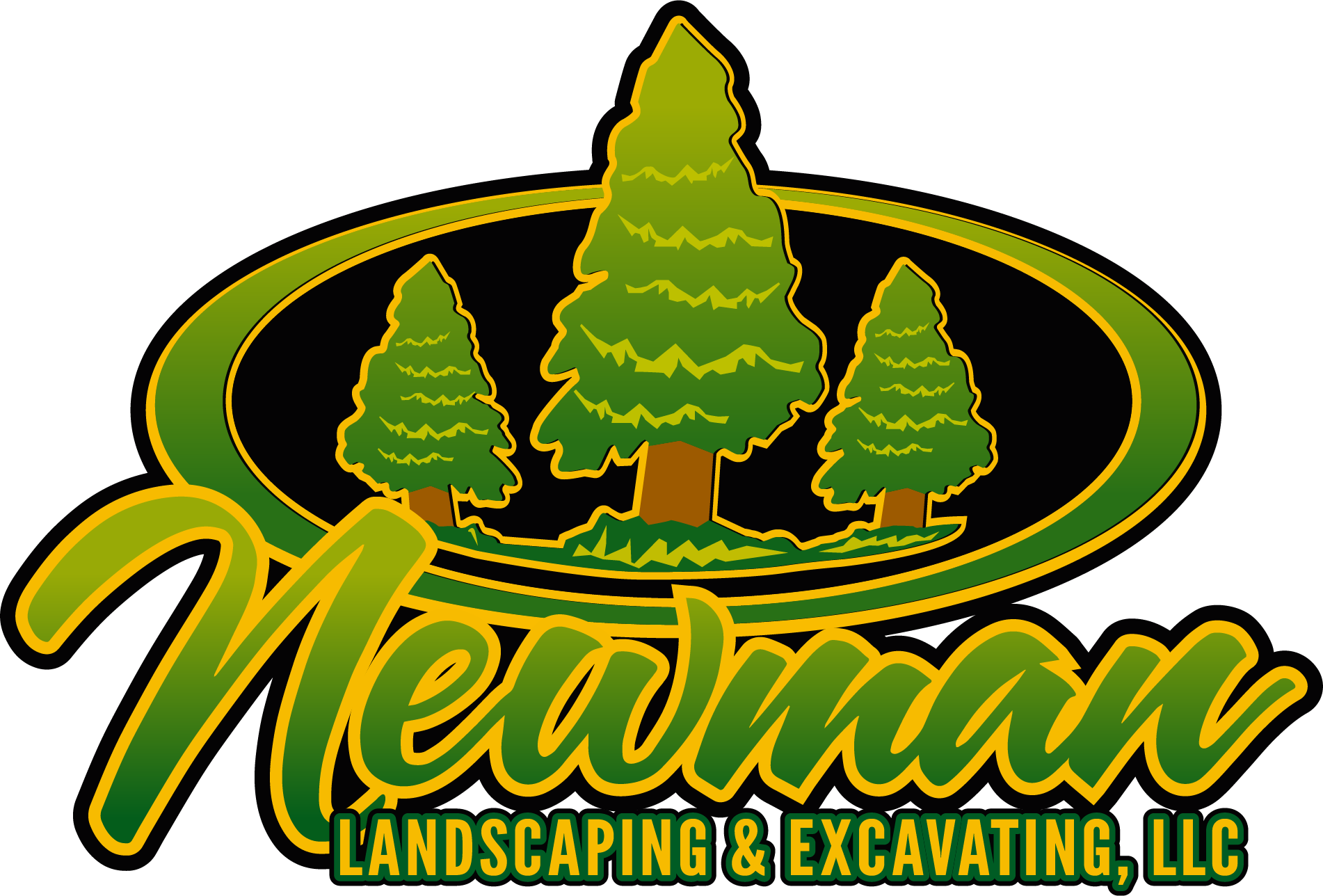Drain Smarter, Not Harder: The Homeowner’s Guide to Lawn Drainage Maintenance
Introduction: A soggy yard isn’t just unsightly—it can be a major headache. Standing water drowns your grass, damages your landscaping, attracts pests, and even threatens the foundation of your home. That’s why lawn drainage maintenance is one of the most important—and often overlooked—tasks for homeowners. Whether you’ve recently noticed pooling after rainstorms or you’re preparing your yard for the changing seasons, understanding how to care for your lawn’s drainage system can prevent costly damage and keep your outdoor space in peak condition.
Drainage issues don’t fix themselves, and even the best-installed systems need occasional attention. With some preventive care and smart planning, your lawn can stay dry, healthy, and beautiful year-round.
Understanding Lawn Drainage Maintenance
Why Drainage Maintenance Matters
Good drainage is the foundation of a healthy yard. When water can’t properly flow away from your home, it begins to pool. Over time, this excess moisture can lead to root rot, grass death, pest infestations, mold growth, and erosion. If water accumulates near your foundation or seeps into your basement, the repair costs skyrocket. Routine lawn drainage maintenance ensures that water moves where it should—away from your plants, structures, and walkways.
Maintenance isn’t just about avoiding disaster; it also enhances the effectiveness of your current drainage solutions. Systems like French drains, swales, dry creek beds, and rain gardens need seasonal care to stay clear and functional. If you’ve invested in a solution, it’s worth maintaining it properly.
Signs of Drainage Problems in Your Yard
Early warning signs are often easy to miss if you’re not looking for them. You might notice water pooling in certain areas after rain, grass that never seems to thrive, or soil erosion along slopes. Other red flags include algae growth, unpleasant odors, and standing water that lingers for days. These issues point to a need for immediate inspection and long-term planning.

Simple Steps to Maintain Lawn Drainage Systems
Clear Debris and Inspect Drainage Paths
One of the most effective things you can do is simply keep your drainage paths clear. Gutters, downspouts, dry creek beds, and French drains can become clogged with leaves, dirt, and debris, especially after heavy storms. Periodically walking your property and removing obstructions can prevent backup and overflow. Be especially vigilant during fall and spring, when plant debris is at its peak.
Another part of maintenance is checking for blockages or settling in underground systems. If you’ve installed piping or gravel trenches, look for signs of water bypassing the system or backing up at entry points. When left untreated, these issues can reduce your system’s performance and damage your yard or home’s structure.
Aerate and Grade Strategically
Lawn aeration helps improve soil structure and promotes healthy water movement through the ground. When soil becomes compacted, especially in high-traffic areas, water sits on the surface rather than draining. Aerating once or twice a year creates small channels for water to absorb, reduces surface runoff, and revitalizes grass roots.
Proper grading also plays a crucial role. Your yard should slope gently away from your house to direct water toward drains or natural collection areas. If low spots form over time or erosion changes the slope, regrading those areas can restore effective drainage.

Upgrades and Long-Term Drainage Solutions
When to Consider a Drainage System Upgrade
If routine maintenance still leaves you with soggy spots or persistent puddles, your current drainage system might not be enough. In these cases, more advanced solutions like French drains, channel drains, or dry wells can provide relief. Installing a rain garden is another popular option—it collects runoff and slowly absorbs it into the soil while supporting native plant life.
Each of these upgrades comes with its own maintenance needs. French drains should be checked annually for blockages, and rain gardens must be weeded and monitored for plant health. The upfront cost of an upgrade is worth the long-term benefit when flooding becomes a recurring problem.
Working with Lawn Drainage Professionals
While many drainage tasks can be handled by homeowners, larger issues or advanced system installations are best left to professionals. Drainage experts can assess your property’s topography, soil type, and water flow patterns to design the most efficient system for your needs. They can also provide seasonal checkups to catch potential failures before they become expensive repairs.

Conclusion
Lawn drainage maintenance is one of those behind-the-scenes tasks that makes a world of difference. It protects your landscape, your home, and your investment. From simple seasonal care to advanced systems, homeowners have a range of options to prevent water buildup and keep their lawns dry and healthy. By staying proactive—clearing debris, aerating the soil, and addressing issues early—you avoid major problems and ensure your yard remains both beautiful and functional. Drain smarter, not harder, and your lawn will thank you. Get in contact with us to learn more landscaping, lawn mowing, retaining walls and more!
SERVICES
Landscaping
Fire Pits
Lawn Mowing
Pavers
Holiday Lighting
Snow Removal
Pest Control
Mulching
Lawn Aeration
Sod
Patios
Outdoor Kitchens
Retaining Walls
Lawn Care
Trimming
Lawn Edging
Excavation
Landscape Design
Drainage
Lawn Grading
Landscape Lighting
Deicing
Snow Blowing
Driveway Sealing
SERVICE AREAS
Westmoreland
Utica
Rome
Oneida
German Flatts
Vernon
Lenox
Frankfort
Verona
Vienna
Sherrill
Floyd
Sangerfield
Canastota
Herkimer
Chittenango

"*" indicates required fields
 (315) 853-3798
(315) 853-3798 sales@newmanlandscaping.com
sales@newmanlandscaping.com